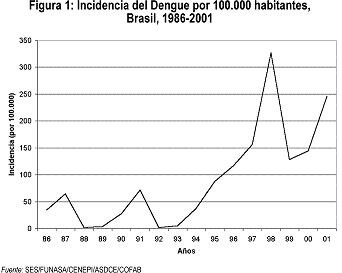 Tendons are a part of the body, more specifically, of muscle tissue that, unlike the red part of muscle, are hard and not flexible. Tendons connect different muscles and are whitish to yellowish in color, which differentiates them from other muscle tissue. In addition, the tendons also connect the muscle with the bone, so injuries in some regions of the body such as the ankles, heels, knees or shoulders are injuries that are generated specifically on the tendons rather than on the red muscle tissue.
Tendons are a part of the body, more specifically, of muscle tissue that, unlike the red part of muscle, are hard and not flexible. Tendons connect different muscles and are whitish to yellowish in color, which differentiates them from other muscle tissue. In addition, the tendons also connect the muscle with the bone, so injuries in some regions of the body such as the ankles, heels, knees or shoulders are injuries that are generated specifically on the tendons rather than on the red muscle tissue.
Unlike the ligaments that join bones to bones, tendons are those that join muscles to bones and that is why a tendon tear implies a difficulty in the movement of certain muscles. Tendons are what make the muscle, when be able to join the bone, get into motion with it. On the other hand, tendons are responsible for giving stability to the union between bone and muscle since they modulate the forces that both generate on the other at the moment in which the movement is carried out. This means, at the same time, that tendons are always parts of the body that suffer some kind of friction when a movement is generated: some tendons suffer more friction and others less, depending on their location and the muscle and bone they join.
Tendons are bundles of collagen fibers in addition to elastin, proteoglycan (or a type of protein), in addition to other elements that are inorganic such as copper, manganese and calcium (although these are present in the tendon in less than 0.2 % of the total).
The most common tendon injuries have to do with inflammation or weakening of the tendons that are mainly caused by degeneration of the tendon tissue (that is, due to wear or lack of training).









